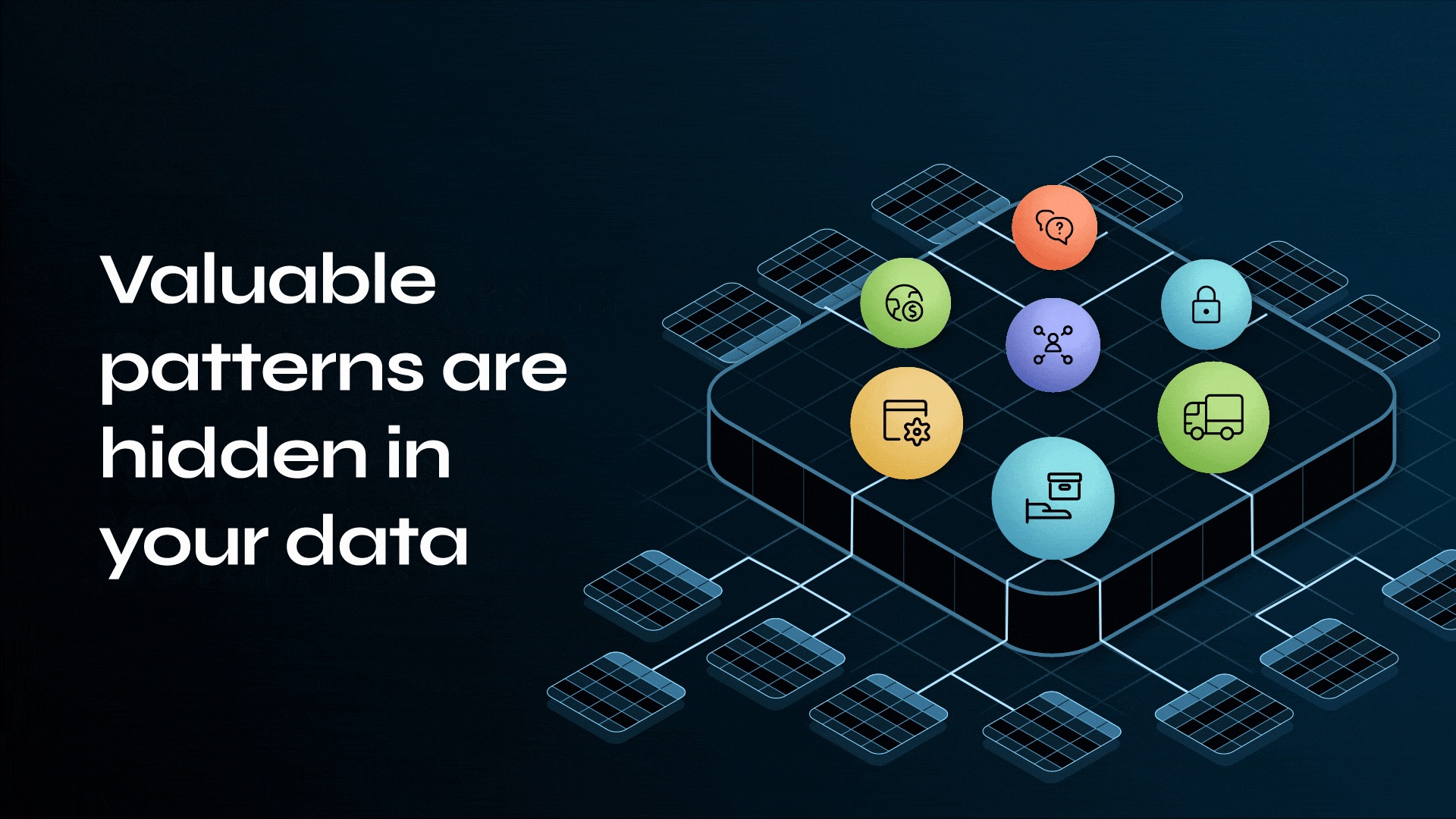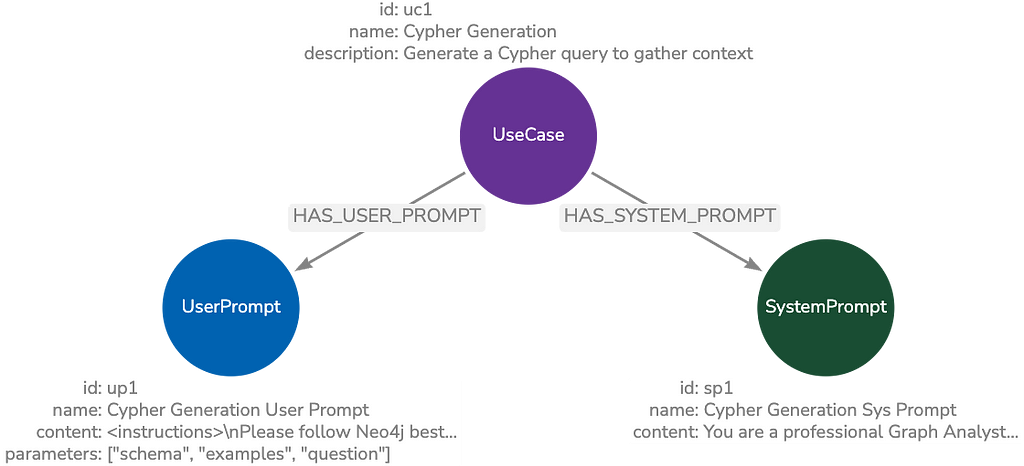Neo4j as an Embedded Database: What to Look for in an Embedded Graph Database

Vice President, Product Marketing
8 min read

An embedded database is a database used inside another company’s application, providing added value and functionality. It enhances the functionality of the “host” application, usually without the end user realizing they are engaging with the embedded database.
In this blog series, we’ll discuss how Neo4j can be used as an embedded database. We’ve covered the power of running your product on a graph database previously. In this part 3 of the series, we’ll make the case for why Neo4j is a safe and mighty choice for an embedded graph database.
Seven Considerations for an Embedded Graph Database
Embeddable
Neo4j is easy to embed in your application. It offers a broad set of drivers for popular programming languages. It can be deployed in a wide range of topologies including multi-tenant SaaS, inside popular containers, and on-premise.
Efficient and Scalable
Neo4j is exceptionally efficient at processing connected data, typically requiring a tenth of the compute footprint compared to relational databases or other NoSQL databases. Neo4j can lower the total cost of ownership because it is easy to embed, has a small footprint, and developers can use Neo4j with their programming language and framework of choice. Neo4j uses Cypher, a powerful open graph query language (also the most popular), which can turn a four-page SQL query into four lines.
Neo4j is the only graph database that has a full multi-tenant model that supports multiple active databases. No other embedded graph database enables organizations to achieve physical isolation of data per tenant in a way that makes business-to-business (B2B) SaaS possible. Using Neo4j, it is possible to have hundreds of databases running side by side, each completely physically independent.
Extensible
Neo4j has a thriving global community, providing access to a large ecosystem of extensions and examples, as well as a global talent pool. Neo4j boasts an open library of user-defined procedures and functions and enjoys a rich ecosystem of complementary connectors and solutions that can be integrated for visualization, analytics, business intelligence, and more.
Neo4j’s user-defined procedures and algorithms enhance its built-in extensibility. Neo4j’s flexible data model allows organizations to add data easily and extend the model without schema redesign or database downtime. As a result, organizations can respond faster to user feedback, spinning up new requirements and responding to changing market conditions with little disruption.
Enterprise-Grade
Neo4j is a proven technology used in more enterprise deployments than any other graph database. Its capabilities offer organizations performance at scale, security, fault tolerance, and high availability. It uses a Raft-based architecture that supports scale-up and scale out, across one or multiple data centers.
Neo4j runs rich graph queries in milliseconds that would take relational database models minutes or hours. This allows you to respond to events within an application in real time, rather than after the fact. Its superior query performance, multi-database, flexible clustering architecture, and sharding model enable organizations to run millions of queries in a fraction of the time using less computing power.
Neo4j protects data and information, providing fine-grained access control for robust management of users, roles, and data access. Neo4j offers organizations the freedom to choose different deployment options, including on-premises, self-hosted, managed, and DBaaS.
Neo4j also has a robust and comprehensive global support offering, enabling customers to get questions answered and problems resolved, whatever they are doing and wherever they are located.
Complete Graph Data Platform
Neo4j is the recognized leader in graph data platforms. According to the Forrester Wave for Graph Data Platforms, “Graph is the fastest way to connect data, especially when dealing with complex or large volumes of disparate data. Without graph, organizations have to rely on developers to write complex code that can take considerable time and effort. In some cases, it becomes impractical due to the complexity of data. Graph data platform is a new and emerging market that allows organizations to think differently and create new, intelligence-based business opportunities that would otherwise be difficult to develop and support.”
Neo4j’s database is surrounded by a rich set of tools and connectors, offering developers, analysts, and business users all that they need to be productive. Neo4j truly is the fastest path to graph.
Neo4j also offers the industry’s most powerful graph data science solution. Using graph data science, a set of analytic techniques that allows for the exploration of relationships between entities of interest such as organizations, people, and transactions, the data and analytics community can identify unknown relationships in data; they can also analyze data challenging to traditional analytics tools.
Low Risk and Proven Solution
Neo4j is an open-source native graph database that provides an ACID-compliant transactional backend for your applications.
Neo4j’s success in the embedded market is rooted in its pedigree in the marketplace. Development began in 2003, and the Neo4j graph database has been publicly available since 2007. Neo4j delivers on its commitment to surrounding the product with enterprise-quality integration, tools, education, and support underpinned by a robust partner ecosystem.
Neo4j offers a complete graph data platform that includes Neo4j Bloom for visual exploration, Neo4j ETL and Apache Hop integration for data connectivity, and Neo4j Graph Data Science for advanced analytics and AI/ML pipeline integration. Easy to use development tools include Neo4j Desktop and Neo4j Browser along with multiple APIs and drivers to support a broad range of programming and query languages.
There is a vast community of talent worldwide experienced with Neo4j. More than 50,000 profiles on LinkedIn reference Neo4j expertise. Neo4j is the most popular graph database by far according to rankings at DB-engines.com.
Solution Value and Differentiation
Neo4j gives organizations the ability to capitalize on new opportunities. Embedding Neo4j opens up the possibilities to stimulate thinking to differentiate your solution further. Neo4j’s enterprise license offers security, performance, and reliability unmatched in the industry.
Neo4j’s graph query language, Cypher, is simple to learn and can operate across Neo4j, Apache Spark, and Gremlin-based products using open-source toolkits including Cypher on Apache Spark (CApS) and Cypher for Gremlin.
The Neo4j Graph Data Science Library provides fast, scalable, and parallelized versions of graph algorithms exposed through a simple API. The library contains a growing collection of more than 50 graph algorithms ranging from pathfinding, centrality, community detection, and more that are well-suited for data science problems like link prediction and weighted and unweighted similarity.
Why Neo4j Is the Market-Leading Graph Database
It is no accident that Neo4j dominates the graph database market. Here are five characteristics of the database and the company that keep us ahead of the competition and bolsters a community of over 200,000 developers and data scientists, with tens of thousands of graph projects developed on the platform.
Maturity
As the creator of the native graph database, Neo4j has worked on thousands of enterprise production projects, spanning from real-time fraud detection to cancer research, and from global flight-scheduling to supply chain optimization, in contexts where high-performance, scalable, high-integrity databases are necessary.
Mastery
Neo4j pioneered the property graph and the standards around graph query languages with openCypher. Neo4j is the leader in creating the languages to allow users to query and mine the insights inherent in connected data.
As the graph data platform market leader, Neo4j powers more than 2,000 startups, 800 enterprises, 75% of the Fortune 500, and 200K+ developers, all while delivering the definitive foundation for connected data at unlimited scale and developer velocity.
Platform
Neo4j is more than a graph database. Neo4j provides a full platform, with visualization tools, development environment, data science library, native machine learning capabilities, language APIs, and data integrations that include interfacing with external AI/ML pipelines.
Ecosystem
Neo4j is a company focused on enabling developers and data scientists to get more from their endeavors. With its roots as an open-source company, Neo4j relies heavily on its 200,000-member community and its customers to identify the top integrations and partnerships to make its products shine in any environment. To learn more, visit our partner community page.
Advocacy
Neo4j has been downloaded over 100 million times, making it the most adopted graph database by developers and enterprises, enabling developer velocity to build modern, intelligent applications at scale.
Advantages of Neo4j over Other Databases
Speed and Agility
The principal reasons why people like graph databases are the speed and agility graph technology brings to understanding data connections.
Schema-Optional and Nimble
Domain models form the basis of the logic behind applications and how they are built. Domain models depict how applications work, and they look like a graph. The advantage is graphs are lightweight and nimble; they only store what’s needed. Neo4j provides a flexible, non-rigid schema that can be adapted and evolved as business needs change, without rebuilding the database.
More Agile Development
Neo4j offers an inherently more agile development process. Suppose you have an app that requires additional features and functionality based on user feedback. In that case, you can just add those new features and functionalities onto the graph without having to redesign or rebuild the schema, which would be necessary in a relational database.
More Conducive to Iterative Development
A product can be represented by lots of different graphs or mini graphs to enable greater flexibility. There is no need to create a monolithic, rigid model with every area of functionality mapped out in advance. Size is not an issue either; Neo4j can handle many billions of nodes, and into the trillions of relationships.
Designed for Developers
Neo4j offers a tremendous number of developer tools, APIs, and support to ensure your embedded project is a success, including drivers for all the most popular programming languages. As a developer-friendly database, it is designed for embedding into other products. Neo4j’s first customers used it internally in their applications and as a backend. It’s used more often as an embedded database than a standalone database.
Conclusion
For organizations seeking an embedded solution to enhance their products, Neo4j offers unrivalled leadership and advantages. As an embedded database, Neo4j enables users to take advantage of Neo4j’s native integration with other databases, cloud, and compatibility with an extensive Neo4j ecosystem. Neo4j enhancements accelerate developer productivity, providing greater scalability, agility, security, and reliability.
Neo4j is built, designed, and tested to be enterprise-class and ready to be consumed as a fully embedded database. Neo4j is ranked the #1 graph database by DB-Engines, recently claiming a spot on the all-time Top #20 list in the DBMS category. Neo4j has been recognized by the industry-leading, independent market intelligence organization Tech Breakthrough as the winner of the 2021 Data Breakthrough Award for “Graph DBS Solution of the Year.”
Forrester published the 2021 Total Economic Impact study of Neo4j, which showed 60% accelerated time to value as average development time shrunk from 12 months to four, and an ROI of over 400% over three years.
In the next part of the series, we’ll examine the use cases where graph databases have become extremely popular – you can better understand if your use case will be a good fit.








